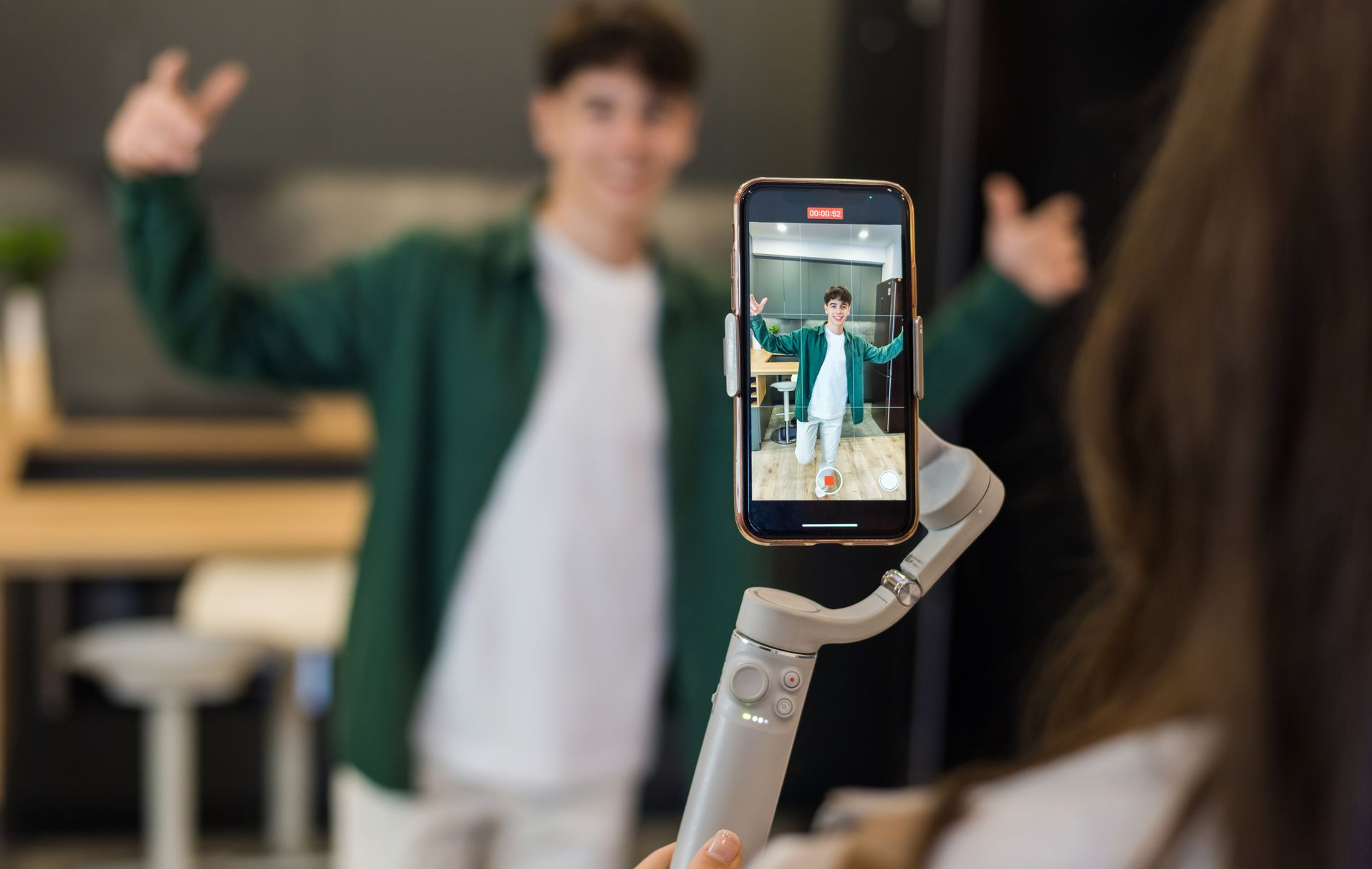Best Practices for Creating Engaging Video Content
Whether you're creating marketing videos for your business, engaging social media clips, or educational content, capturing and keeping your audience’s attention is key. Here are 10 best practices to ensure your video content stands out and drives results.
1. Know Your Audience
Before hitting record, define your target audience and know which social media platforms they use. What are their interests, pain points, and preferences? Understanding your audience helps tailor your video’s tone, messaging, and format to maximize engagement.
2. Hook Viewers Within the First Few Seconds
Attention spans are short—especially on social media. Start your video with a compelling hook, whether it’s a bold statement, an intriguing question, or a visually striking moment. The goal is to immediately capture interest and encourage viewers to keep watching.
3. Keep Social Video Content Concise
Long-form content has its place, but most audiences prefer short, to-the-point videos. Focus on one key message per video and eliminate unnecessary fluff. A good rule of thumb:
- TikTok/Reels/Shorts: 15–60 seconds
- Promotional Videos: 30 seconds to 2 minutes
- Educational/How-To Videos: 2–10 minutes
CHECK OUT OUR VIDEO SERVICES
4. Prioritize High-Quality Visuals and Audio
While your audience isn’t expecting a movie-quality production, extremely poor video or audio quality can drive viewers away. Use a high-resolution camera, ensure proper lighting, and invest in a good microphone. If recording on a smartphone, stabilize your shots and shoot in well-lit areas to maintain a professional look.
5. Incorporate Captions and Text Overlays
A significant portion of users watch videos without sound, especially on social media. Adding captions and key text elements enhances accessibility and engagement while making sure your message is clear even with the volume off.
6. Use Video to Tell a Story
Storytelling keeps viewers emotionally invested. Whether it’s a testimonial, behind-the-scenes look, or a problem-solution scenario, structuring your video with a beginning, middle, and end creates a more compelling experience.
7. Use Dynamic Editing and Engaging Visuals
Quick cuts, smooth transitions, and on-screen graphics make videos more visually appealing. Experiment with different angles, animations, and motion graphics to maintain interest and highlight key points.
8. Include a Strong Call to Action (CTA)
What do you want viewers to do after watching your video? Whether it’s visiting your website, subscribing, or making a purchase, include a clear and compelling CTA to guide the next step.
9. Optimize Video Content for Each Platform
Different platforms have unique video requirements and audience behaviors. Customize your content accordingly:
- Instagram, TikTok & YouTube Shorts: Vertical videos, short and engaging
- YouTube: Horizontal format, longer-form content
- LinkedIn: Professional and value-driven content
- Facebook: Mixture of formats, captions are essential
10. Analyze Performance and Adapt
Track engagement metrics like watch time, shares, and comments to see what’s working. Use insights to refine your strategy and continuously improve future video content.
Creating engaging video content takes strategy, creativity, and consistency. By following these best practices, you’ll capture attention, connect with your audience, and drive meaningful results.









